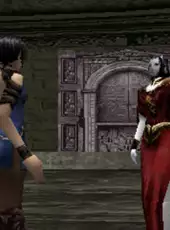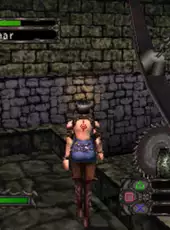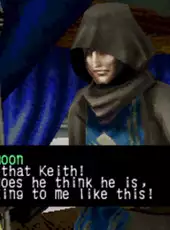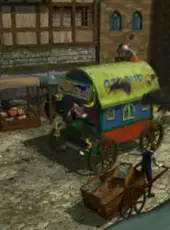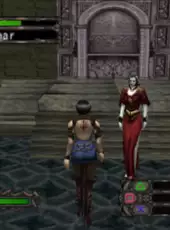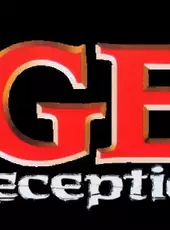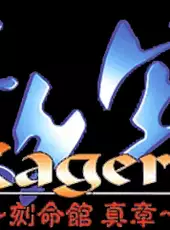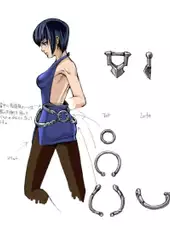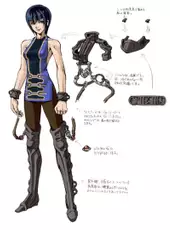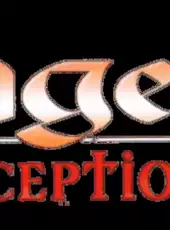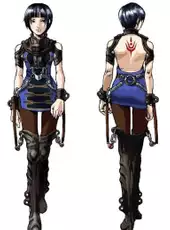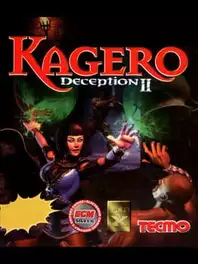
70%
Kagero: Deception II - Guides
Genres:
Strategy, Adventure, Role-playing (RPG)
Platforms:
PlayStation 3, PlayStation, PlayStation Portable
The race of Timenoids was once human, but long time ago, they have traded their human souls for immortality. The humans perceive them as demons, and invade their country. Fearing that they might lose the war, the Timenoids brainwash a human girl named Millennia, effectively turning her into a tool to serve their purposes. They put her in charge of defending their castle by entrapping the human invaders. But Millennia has yet to choose whose side she will eventually be on...
Released on Jul 23rd 1998
Summary:
Kagero: Deception II is the sequel to Tecmo's Deception. It follows a similar, hard-to-classify gameplay style, which can be perhaps defined as a real-time strategy game with RPG elements. Instead of commanding troops and units, Millennia has to place traps and activate them to prevent the intruders from conquering the castle. Unlike the first game, Kagero: Deception II is played from a third-person perspective. A major addition to the gameplay is the introduction of "trap combos": traps can be positioned in such a way that they will trigger each other, leading to powerful combinations that would harm the invaders more. The game also allows to customize traps and use various materials to build new ones. As before, the main character and her traps grow in power in correspondence with the amount of enemies killed, lending the game a RPG flavor.The morality system also present in this sequel, as the player can decide for Millennia whom to kill and whom to spare. Eventually, the player will be able to choose to join either the Timenoids or the humans.
×
![]()

